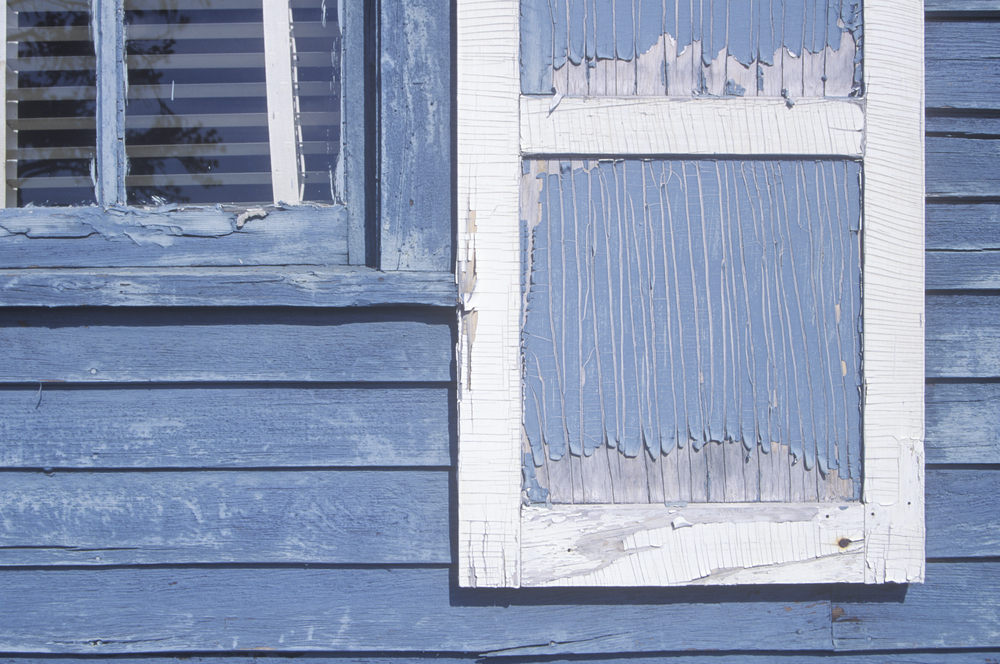When it comes to the protecting your home from the elements most homeowners think of the roof as the frontline defense. But your home’s siding is just as important as your roof, and will actually need to be replaced sooner than your roof in most cases. Check out these signs for when to replace siding on your home.
1) Warping or Rotting Siding
Starting with the visual cues, a warped or rotted siding is a clear indicator that your siding is need of a replacement. Warped siding panels lets you know that the under layer, that protects the frame of the home, is most likely to have some type of water damage or rot. It’s best to check under the panel to see if the under layer is still solid. You can do this by taking a small screwdriver and feeling under the panel.
2) Mold, Mildew and Fungus
Just like your roof, your siding can develop a weird green algae growth. This is usually a sign of water damage and definitely needs to be addressed sooner rather than later. You’ll want to check in the large seams between the individual panels for damp under layers to make sure that the damage isn’t just surface level.

3) Fading & Needing to Repaint
Another visual cue of when to replace siding on your home is the constant need to repaint or frequent fading of the panels. On average, siding should last about 8 to 10 years. If you are noticing peeling paint, cracks, chips, etc. it might mean it’s time to replace your siding. If you’ve recently replaced your siding in the last couple of years and are still seeing these issues, it might mean there has been some water damage that you will need to address.
RELATED: 7 Signs You Need A New Roof
4) Cracked & Broken Siding
In the same vein as fading siding, cracked and broken siding can mean a much worse issue is on the horizon. If you’re noticing your siding has cracked, broken or loose pieces then it could mean that water is getting into your roof’s frame and even your home. Make sure to replace the siding on your home as soon as possible if you are noticing these issues.
5) Dry Rot
Dry rot is a fungus that eats away at the under layer of your siding. To check for dry rot, take a screwdriver and use the handle to tap at small areas around the siding. This will help show where any weak spots may be which can indicate dry rot is present.

6) Holes
Holes in your siding are usually a sign of insects or punctures from a hard object. This is definitely when you want to repair your siding on your home because it could lead to another larger issue of bugs invading your home.
READ MORE: Unexpected Dangers of a Leaky Roof
7) High Energy Bills
On last clue for when to replace siding on your home is when you’re noticing higher than normal energy bills. This is the same case with your home’s roof, if you are noticing higher than average energy bills then you may have an issue with insulation in either your roof or siding. If you’re due for a siding update then this may be why you’re experiencing higher energy bills.
Your home’s siding is just as important as your roof. Not only does it add curb appeal, but it’s important for protecting your home from the elements. By checking for these warning signs on a regular basis you will save yourself some grief from larger issues in the long run.
If you’re thinking about getting your siding replace soon, make sure to visit our next home show to meet with some of the local siding experts in your area.

Recent Comments